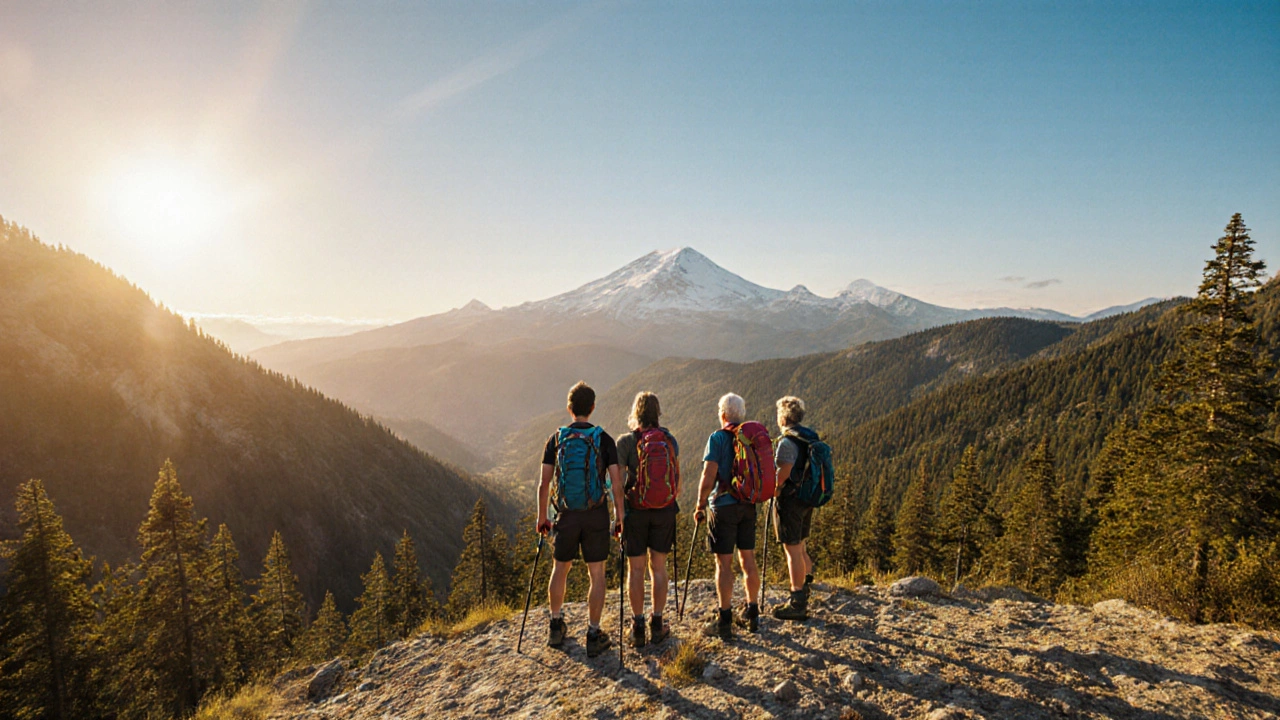Heading up a mountain or flying to a high‑altitude city can feel amazing, but the thinner air can also give you a nasty headache, nausea, or worse. That’s altitude sickness, a condition that happens when your body can’t get enough oxygen at higher elevations. It isn’t magic – it’s just your lungs and blood trying to keep up with lower pressure. Most people notice something off within the first 24 hours after reaching 8,000 feet (about 2,400 m) or higher.
Symptoms range from mild to severe. The early signs are usually a headache, loss of appetite, and feeling unusually tired. You might also get a dry cough, dizziness, or shortness of breath when you walk up a short stair. If you ignore these clues, they can turn into more serious trouble like fluid in the lungs (high‑altitude pulmonary edema) or fluid around the brain (high‑altitude cerebral edema). Those two are emergencies – you need to get down to lower ground fast.
The best defense is a slow climb. Give your body a chance to adapt by gaining no more than 1,000 feet (300 m) per day once you’re above 8,000 feet. Stay hydrated, but avoid alcohol and caffeine because they can worsen dehydration. Eat light, high‑carb meals; carbs need less oxygen to process. If you start feeling off, rest at the same altitude for a day before going higher. Over‑the‑counter meds like ibuprofen can help a headache, while prescription drugs such as acetazolamide (Diamox) speed up the acclimatization process for many travelers.
When symptoms get bad, the quickest fix is to descend. Even a few hundred feet can bring relief. If you can’t go down right away, sit or lie down, breathe deep, and sip water. Keep an eye on your breathing – rapid or labored breathing means you need medical help fast. In remote areas, a portable oxygen can buy you time until you get down.
Bottom line: altitude sickness is preventable if you respect the height and listen to your body. Plan a gradual ascent, stay hydrated, and don’t push through a pounding headache. If you do feel sick, stop, rest, and descend if needed. With those simple steps, you’ll enjoy the view without the misery.

Learn how to pick the optimal altitude for your mountain vacation, balance fitness, activity type, and safety, and master acclimatization for a smooth trip.
read more